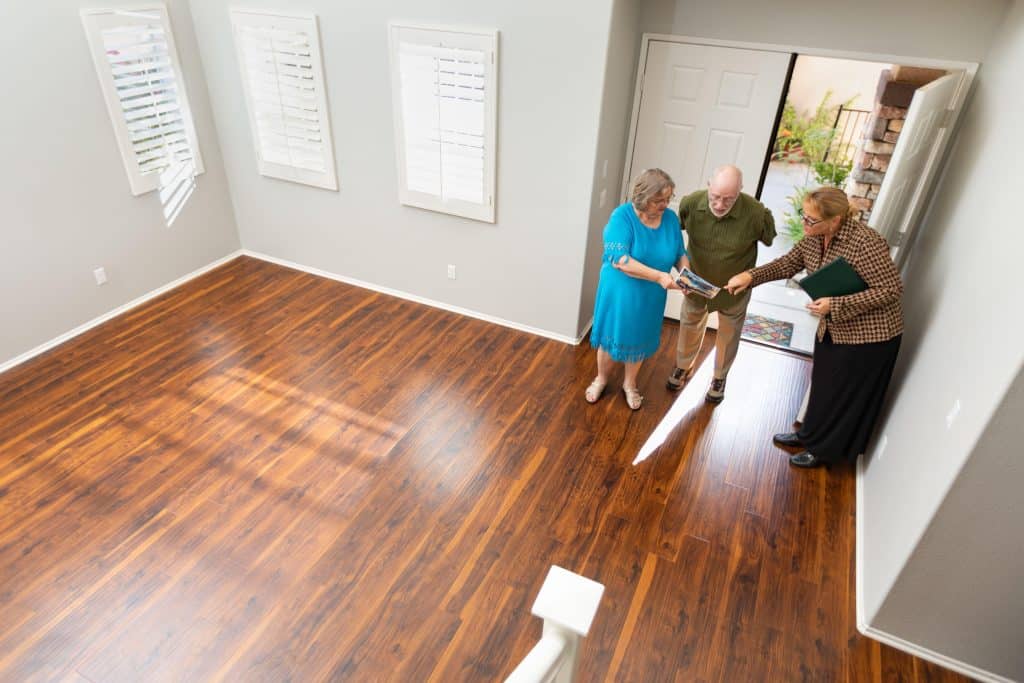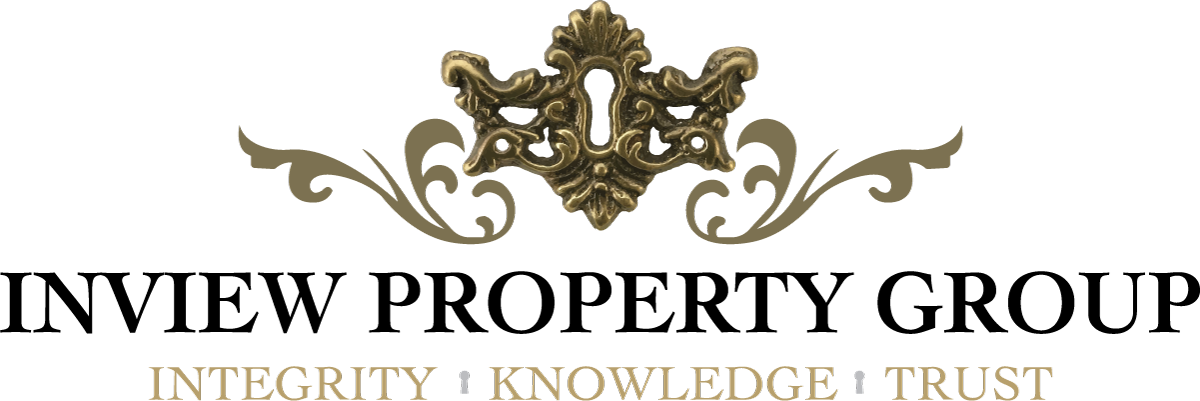
If you are in the market for a new home or investment property, attending open for inspections is a crucial part of the buying journey. Whether you are a first home buyer, investor or looking for a new family home, knowing how to inspect a property thoroughly could save you thousands in the long run – and ensure you are making a smart real estate decision.
In this guide, we will walk you through how to make the most out of inspecting a property – helping you buy with confidence.
1. Do Your Research Before the Inspection
Before you step foot inside a property, make sure you have done your property research. Look up the listing price, recent comparable sales in the area and general suburb profile. Platforms like realestate.com.au or Domain can give you a solid understanding of whether the property is priced within market range.
Also, research the neighbourhood. Consider things like:
- School zones
- Public transport access
- Local amenities (shops, parks, cafes)
- Crime rates
- Future development or zoning changes
Checking this information before you inspect a home ensures you are not wasting time on properties that don’t fit your budget, investment goals or lifestyle needs.
2. Arrive Early and Take Your Time
It might seem minor, but arriving early to an inspection allows you to:
- Walk the street and get a feel for the area
- Observe neighbouring homes and overall maintenance
Arriving before the rush helps you assess the property without feeling rushed or overwhelmed by other buyers. It also puts you in a good position to ask questions and take your time going through each room.
3. Look Beyond Aesthetics
It is easy to get swept up in stylish interiors and fresh paint, however remember – you are not buying furniture; you are buying a building and a location. Focus on what really matters:
- Room sizes and layouts (will your furniture fit?)
- Storage spaces (built-in wardrobes, cupboards)
- Natural light and ventilation
- Quality of fixtures and fittings
- Floor plan practicality
Try to imagine the property without the styling. Is the space truly functional for your needs? Can it be easily adapted?
4. Watch for Red Flags
You don’t need to be a building expert to spot potential issues. Keep an eye out for:
- Cracks in walls or ceilings
- Water damage or mould
- Warped floorboards or sagging ceilings
- Rust or corrosion in wet areas
- Musty smells that might indicate poor ventilation
While a formal building and pest inspection is a must before you buy, identifying early warning signs during your inspection can help you avoid investing time in a property with major structural issues.
5. Take Notes and Photos
After you have inspected several homes, it’s easy to forget the finer details of each one. Bring a notepad or use your phone to jot down:
- Standout features (both good and bad)
- Issues you noticed
- Feelings about the property layout and flow
- Anything to follow up on with the agent
Photos (especially of things like potential repairs, storage or layout) are handy for comparison later – particularly if you are shortlisting multiple properties over a weekend.
6. Ask the Agent Questions
Don’t be afraid to ask the agent questions during or after your inspection. Some useful things to ask include:
- Why is the property on the market?
- How long has it been listed?
- Are there any known issues or repairs needed?
- Are there any current offers or interest?
The more information you have, the more empowered you will be during negotiations.
7. Evaluate the Location Thoroughly
A great house in the wrong location is still the wrong purchase. During the inspection, evaluate:
- Noise levels (traffic, neighbours, flight paths)
- Street parking availability
- Surrounding infrastructure (any construction or future developments?)
- Walkability and convenience
Is the property close to your work, family or lifestyle needs? Could it attract tenants if you are buying as an investment property?
Stick to Your Plan
Whether you are purchasing your first home, upgrading, downsizing or investing, it is important to stick to your criteria and budget. It is easy to fall in love with a property and stretch beyond your means – however that often leads to financial stress or buyer’s remorse.
By approaching inspections with preparation and clear expectations, you give yourself the best chance of making a smart, informed decision.
Your Open for Inspection Checklist:
- Research the price and suburb
- Arrive early and explore the area
- Focus beyond the styling
- Look for red flags
- Take notes and photos
- Ask lots of questions
- Consider the location
- Don’t be afraid to walk away
Buying real estate is one of the biggest financial decisions you will make – so it pays to inspect properly.
By Lynda McNeill



